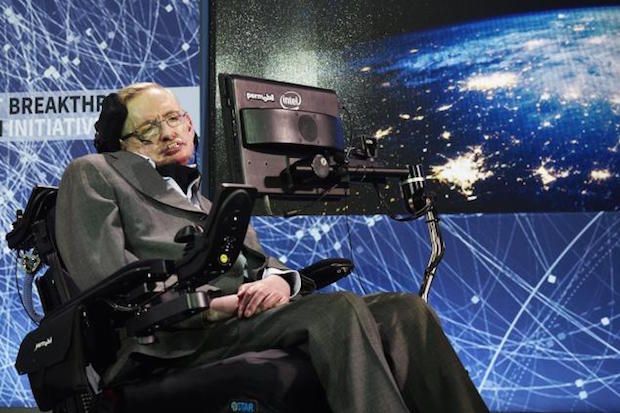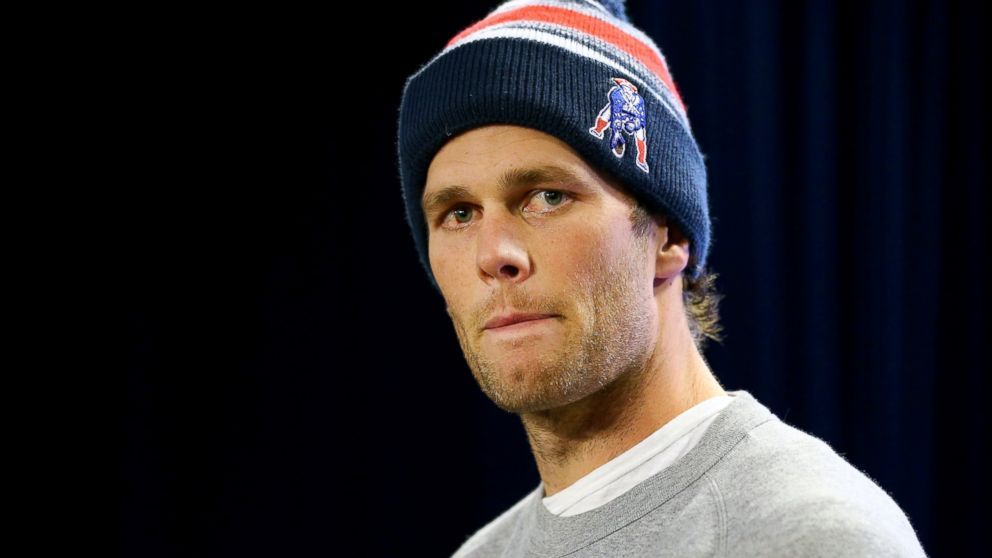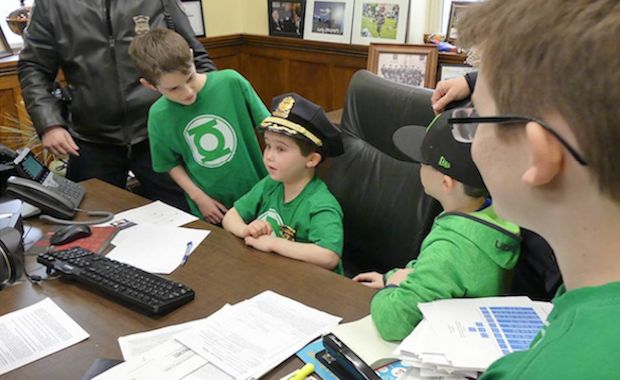Advertisement
Lifestyle
Forensic Artist Reveals The Real Face Of Jesus (Again)
By
Jason Owen
2 min read
- # Jesus
- # Jesus Christ Face Revealed
- # real image
Advertisement - Continue reading below
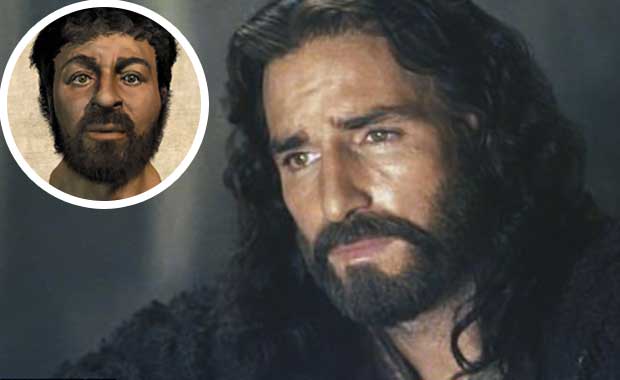
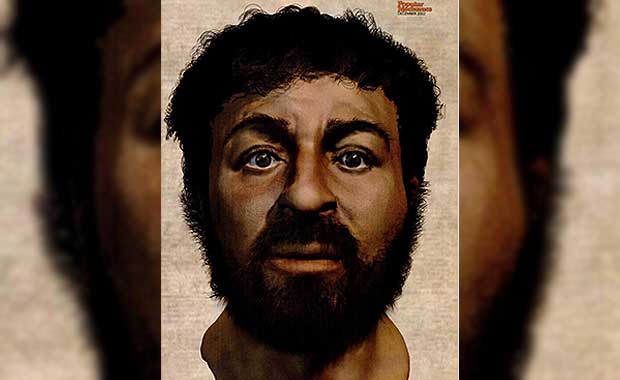
As billions across the globe are set to celebrate Jesus’ birth in a couple of weeks, a popular story has once again caught the attention of thousands of social media users nationwide.
An article from the online publication Inquistr, has gone viral with the headline, “Jesus Christ Race Revealed: This Is What He Really Looked Like,” detailing a British artist’s use of forensic anthropology to reveal “what the true Jesus Christ would have looked like.”
The article has been a popular topic on social since Sunday, but the original story from Popular Mechanics was actually published last January.
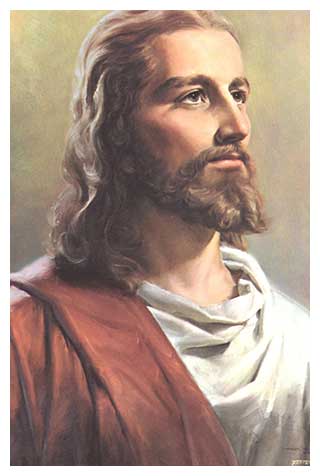
Still, the depiction of what Jesus may have looked like is a stark contrast to the Anglo-European renderings we see most often in popular culture, at least in America.
“While Western imagery is dominant, in other parts of the world [Jesus] is often shown as black, Arab or Hispanic,” said Carlos F. Cardoza-Orlandi, associate professor of world Christianity at Columbia Theological Seminary in Atlanta.
The “more accurate” depiction uses forensic anthropological evidence to recreate the image of Jesus, essentially using common traits from similar men of the time period to render the image.
“While forensic anthropology is usually used to solve crimes, Richard Neave, a medical artist retired from The University of Manchester in England, realized it also could shed light on the appearance of Jesus,” said Mike Fillon, the author of the Popular Mechanics piece.
What emerged was a dark-skinned, “swarthy” Middle Eastern man that more closely resembles people of the region rather than the light-skinned, culturally-appropriated depiction.
But should devout Christians take this as an affront to their beliefs, others see this as a true reminder to the faith’s origins and universality of Jesus’ teachings.
“The fact that he probably looked a great deal more like a darker-skinned Semite than westerners are used to seeing him pictured is a reminder of his universality,” says Charles D. Hackett, director of Episcopal studies at the Candler School of Theology in Atlanta.
Advertisement - Continue reading below

